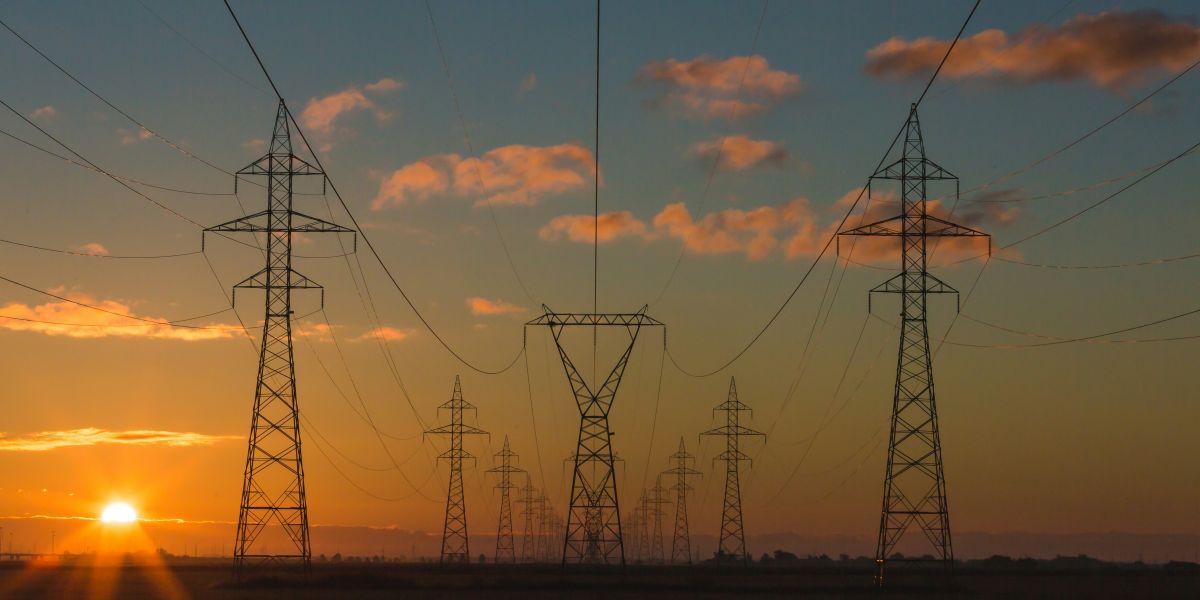The U.S. faces growing pressure to transition to renewable energy sources in response to climate change concerns. Despite progress in clean energy technologies, shifting from fossil fuels to renewables presents challenges. How can the U.S. transition to renewable energy? This change requires coordinated efforts from policymakers, businesses, and individuals to build a sustainable energy system that reduces carbon emissions and ensures reliable, affordable power.
What Are the Key Issues in the U.S. Energy System?
The U.S. is heavily reliant on fossil fuels for energy. Oil, coal, and natural gas are embedded in the nation’s infrastructure, making it difficult to transition away from these energy sources. This shift requires substantial investment in new renewable infrastructure, such as solar panels, wind turbines, and storage systems. Additionally, decommissioning fossil fuel plants and converting them into renewable energy facilities can be costly and time-consuming.
Intermittency is another challenge of renewable energy. Wind and solar power rely on specific weather conditions, meaning they do not provide a constant and predictable energy supply. As a result, renewable energy alone cannot consistently meet demand. To overcome this, energy storage solutions and more flexible grid infrastructure are required to store excess energy produced during peak periods and use it when renewable generation is low.
While the cost of renewable energy technologies has decreased, the initial investment required to build renewable energy infrastructure remains high. Solar, wind, and storage systems still require significant upfront costs, which can be prohibitive for businesses and individuals. Financial incentives or government subsidies may be necessary to make renewable energy more accessible.
What Steps Can the U.S. Take to Transition to Renewable Energy?
The U.S. must focus on investment in renewable technologies to facilitate the transition. Expanding the use of solar and wind power is essential, as these energy sources are abundant and increasingly cost-competitive with fossil fuels. Solar energy, in particular, has become one of the most affordable forms of electricity generation. Expanding solar farms and offering incentives for solar panel installations can significantly increase renewable energy capacity.
The development of energy storage technologies is also crucial. Renewable energy production fluctuates, so energy storage solutions, such as advanced batteries, are needed to store excess energy for later use. Without effective storage, renewable energy will remain unreliable. Continued investment in storage systems will be essential for large-scale renewable energy adoption.
Government policies play a significant role in accelerating the transition. Tax credits, subsidies, and rebates for solar energy, electric vehicles, and energy-efficient technologies can reduce the high initial costs of renewable energy infrastructure. Financial incentives can make it more feasible for individuals and businesses to adopt clean energy solutions, and government support is necessary to create a competitive renewable energy market.
Modernizing the energy grid is also a critical step. The existing grid is designed for centralized fossil fuel plants, which makes it incompatible with decentralized renewable energy sources. To integrate renewable energy effectively, the grid must be upgraded to handle more distributed generation. Innovative grid technologies can improve electricity distribution, ensuring power flows efficiently from renewable sources to consumers. A modernized grid will help ensure that renewable energy can be reliably delivered nationwide.
Increasing energy efficiency is another crucial strategy. Energy-efficient buildings, appliances, and vehicles reduce overall energy consumption, making the transition to renewable energy more practical. For example, electric vehicles (EVs) reduce reliance on fossil fuels and can be powered by renewable energy. Encouraging the adoption of EVs, improving public transportation, and implementing stricter energy efficiency standards in construction can reduce carbon emissions while decreasing energy demand.
What Role Do Individuals Play in the Transition to Renewable Energy?
While government and industry efforts are crucial, individuals also have a role in supporting the transition to renewable energy. One impactful way individuals can contribute is by reducing energy consumption. Simple actions such as using energy-efficient appliances, turning off unused lights, and improving home insulation can help lower energy needs. These individual efforts, combined, can significantly reduce energy demand.
Individuals can also adopt renewable energy solutions at the household level. Installing solar panels or purchasing electric vehicles can reduce dependence on fossil fuels. As renewable energy technology becomes more affordable, more households can generate their own electricity and reduce long-term energy costs.
Advocating for renewable energy policies is another crucial way individuals can contribute. Supporting policies prioritizing environmental sustainability and renewable energy development can create the political will necessary for large-scale reform. Voting for candidates who support clean energy policies and participating in community initiatives will help foster the conditions needed for a broader transition to renewable energy.
Conclusion: Building a Sustainable Energy Future
Transitioning to renewable energy in the U.S. presents challenges, but reducing reliance on fossil fuels and combating climate change is necessary. By investing in renewable energy technologies, modernizing the energy grid, and increasing energy efficiency, the U.S. can reduce its carbon footprint and move toward a more sustainable future. Government, businesses, and individuals must work together to build an energy system that is both environmentally responsible and economically viable.
Published by: Annie P.















